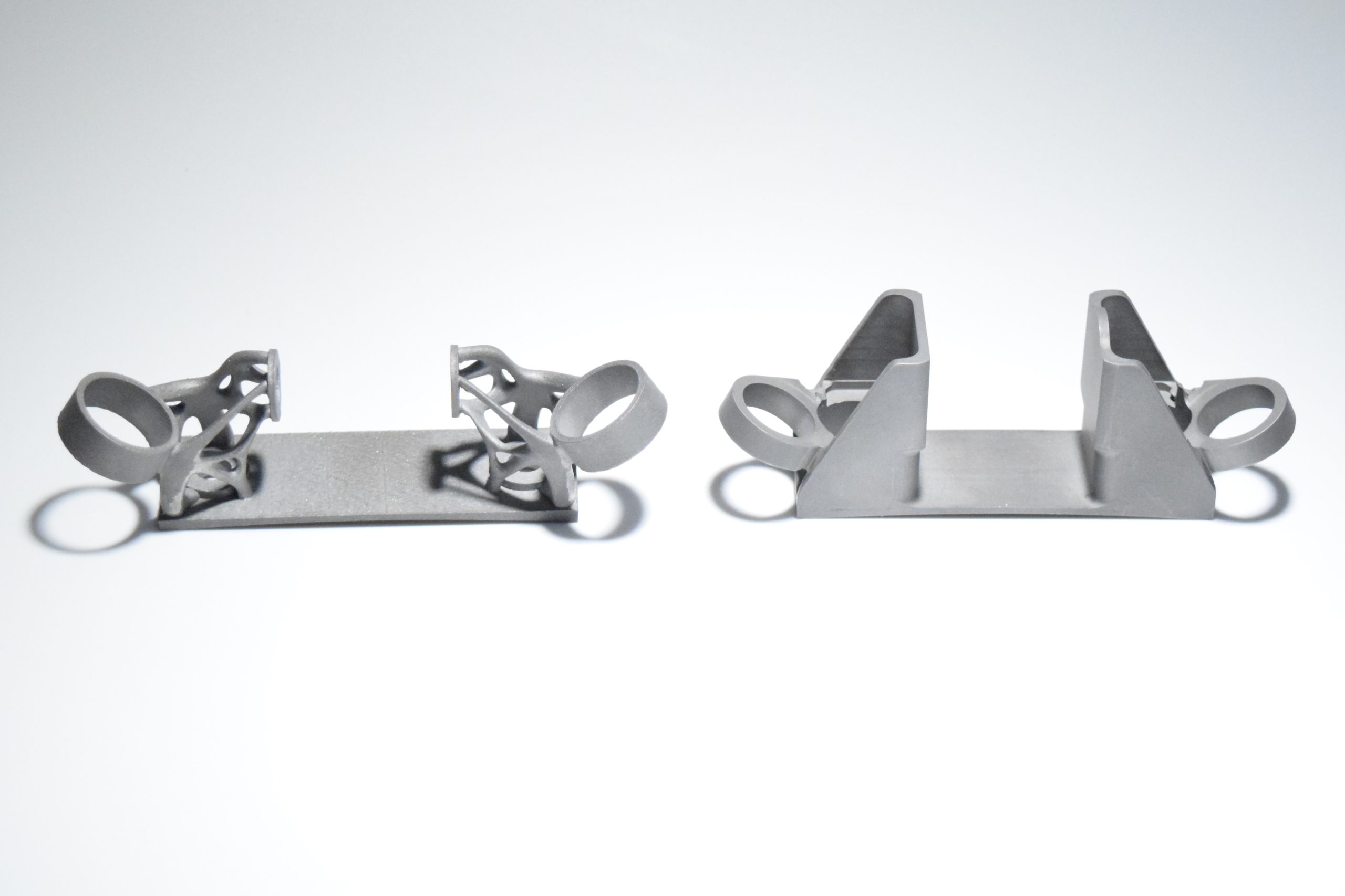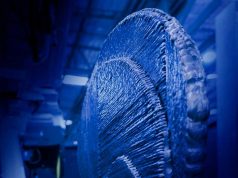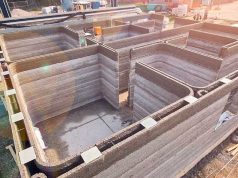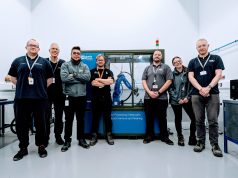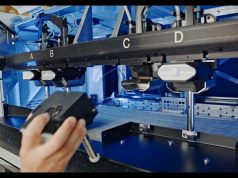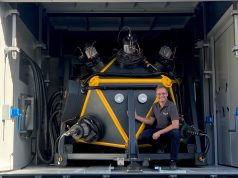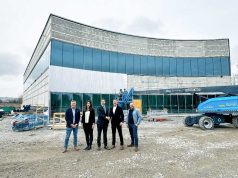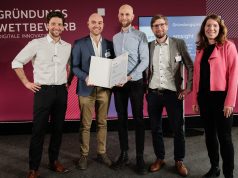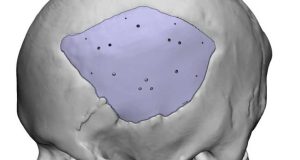The Additive Manufacturer Green Trade Association (AMGTA) published its first independent research paper on the life cycle assessment (LCA) of a low-pressure turbine support. The study, conducted by the Rochester Institute of Technology’s Golisano Institute of Sustainability, compared additive manufacturing (AM) using laser powder bed fusion (LPBF) with conventional manufacturing and examined the impact of reducing weight by more than 50%.
“The release of this peer-reviewed LCA—the first of its kind—represents a milestone for the AMGTA,” said Sherri Monroe, the AMGTA’s Executive Director. “For the first time, we are able to publish tangible results demonstrating the importance of design in additive manufacturing when compared to traditional methods. This study demonstrates the very real impact that AM can have in aircraft and engine design of the future, and bodes well for using similar strategies in other industries and programs.”
Key findings of the study:
- No clear conclusion on manufacturing method: the LCA could not clearly determine which method consumed more energy. Overall, this neutral result is an improvement over previous studies that found higher energy consumption in LPBF manufacturing compared to traditional methods.
- Importance of energy mix: The energy mix of a production facility at the point of production was the largest factor affecting production sustainability.
- Disproportionate impact on aircraft lightweighting: weight reduction of aircraft components through AM design resulted in a dramatic reduction in carbon emissions over the life of an aircraft, with a reduction of 13,376 kg for every 1 kg of weight reduction.
- AM produced a more sustainable part overall: The impact of lightweighting was the most important factor in AM components being more sustainable than conventionally manufactured parts.
“This study underscores the importance of using AM to develop optimized parts and components that have been lightweighted via AM technology,” said Brian Neff, Sintavia’s CEO and the Chair of the AMGTA. “No other currently viable commercial technology offers such an immediate impact to carbon emissions as lightweighting aircraft parts via AM does, and we now have independently verified, peer-reviewed data proving so. We look forward to working with Boeing, GE, and all of the industry’s OEMs as they look to unleash the sustainable potential of AM across existing and future platforms.”
“The two phases of this study – production and use – have implications well beyond this specific bracket, airplane, or manufacturing sector,” Sherri Monroe added. “The negligible difference in environmental impacts during production combined with the benefits of on-demand production – when you want it, where you want it, how you want it – to deliver more resilient, efficient, and sustainable supply chains, have significant implications for the manufacturing ecosystem to deliver more sustainable solutions.”
“While this study has immediate implications for aircraft engine and airframe manufacture, the findings in the use phase extend to any part of an airplane that could potentially be lightweighted – mechanical systems, seats, service carts, galleys – and well beyond aircraft to any equipment moved by an engine or motor – vehicles, ships, trains, robots – although the energy demands for aerospace make it the biggest, most obvious and most immediate beneficiary.”
Find out more about AMGTA at amgta.org.
For more information about Rochester Institute of Technology, please visit rit.edu.
Subscribe to our Newsletter
3DPResso is a weekly newsletter that links to the most exciting global stories from the 3D printing and additive manufacturing industry.



